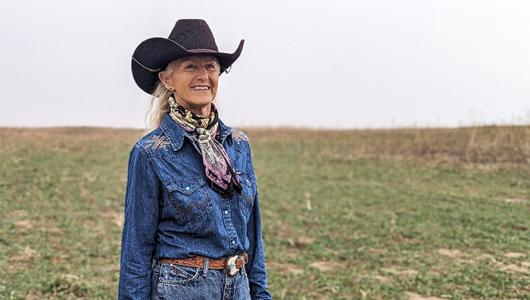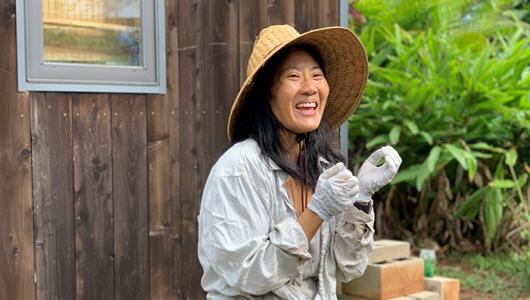This November, USDA’s Natural Resources Conservation Service (NRCS) is again playing off the popular awareness campaign, "No-Shave November” with our very own campaign, “#NoTillNovember.” No-till (also called zero tillage or direct seeding/drilling) is a way of growing crops or pasture year over year with minimal soil disturbance through tillage.
Disturbing your soil through tillage reduces water infiltration, increases runoff, and can make the soil less productive. Tillage also disrupts the soil’s natural biological cycles, damages soil structure, and increases erosion.
When you instead keep the stubble by reducing tillage or transitioning to a full no-till system you reap a multitude of benefits. These include, but are not limited to, improving the soil’s structure which helps it retain more water, saving energy by reducing passes through the field, improving nutrient cycling in the field and increased soil organic matter.
Soil is a precious and irreplaceable resource. Reducing tillage on your land is one of the key principles of soil health, along with maximizing soil cover, the presence of living roots, and biodiversity. Working within these principles can help rebuild your soil health system and preserve this vital resource for future generations.
Whether you have never heard of no-till farming, are no-till curious but haven’t taken the leap, or have already adopted no-till practices, our goal throughout November is to help you learn more about the practice, how it can help your farm and how NRCS can assist you in reducing tillage on your land.
Whether you farm thousands of acres of row crops, tend a small vegetable garden, or manage pasture for livestock, no-till can benefit your farm.
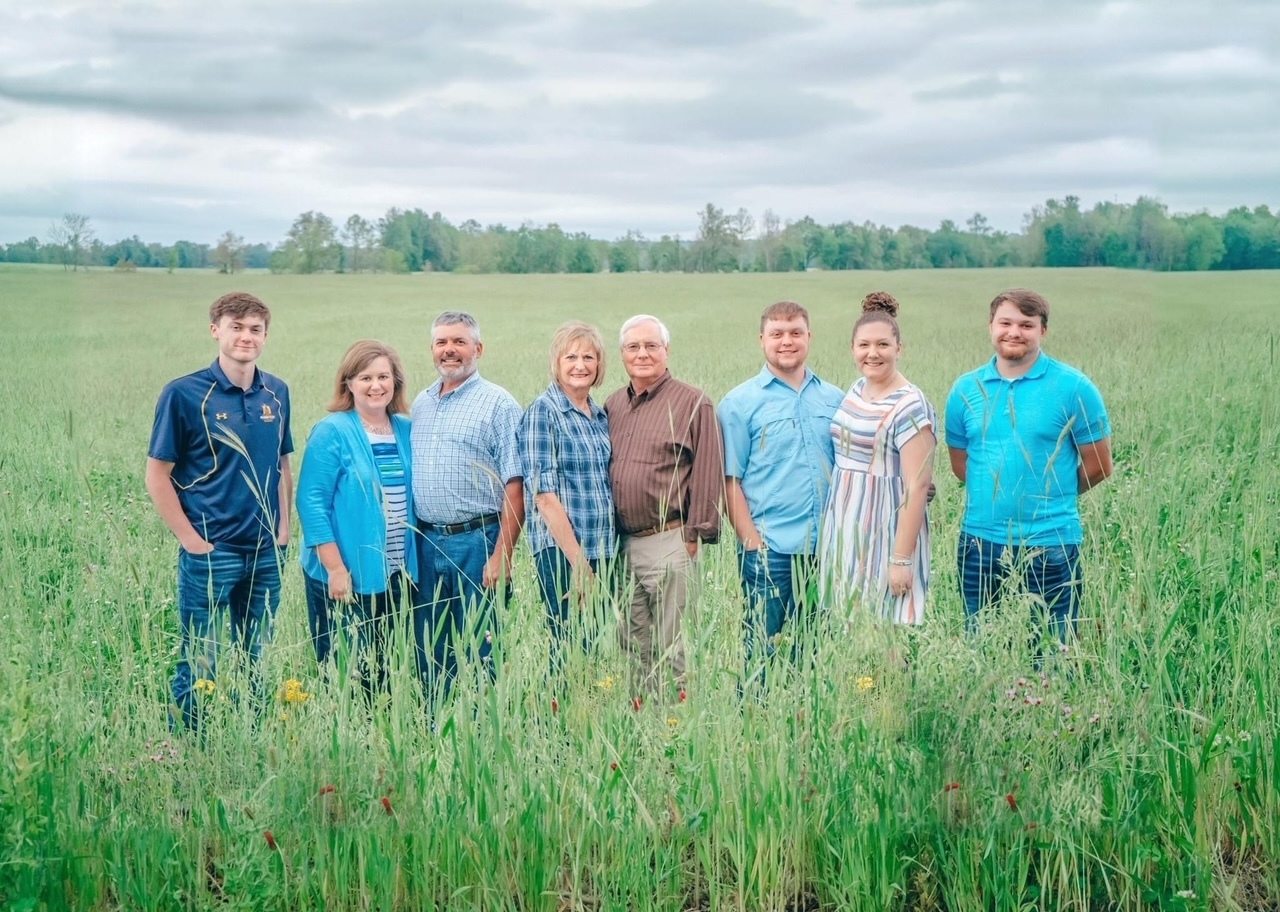
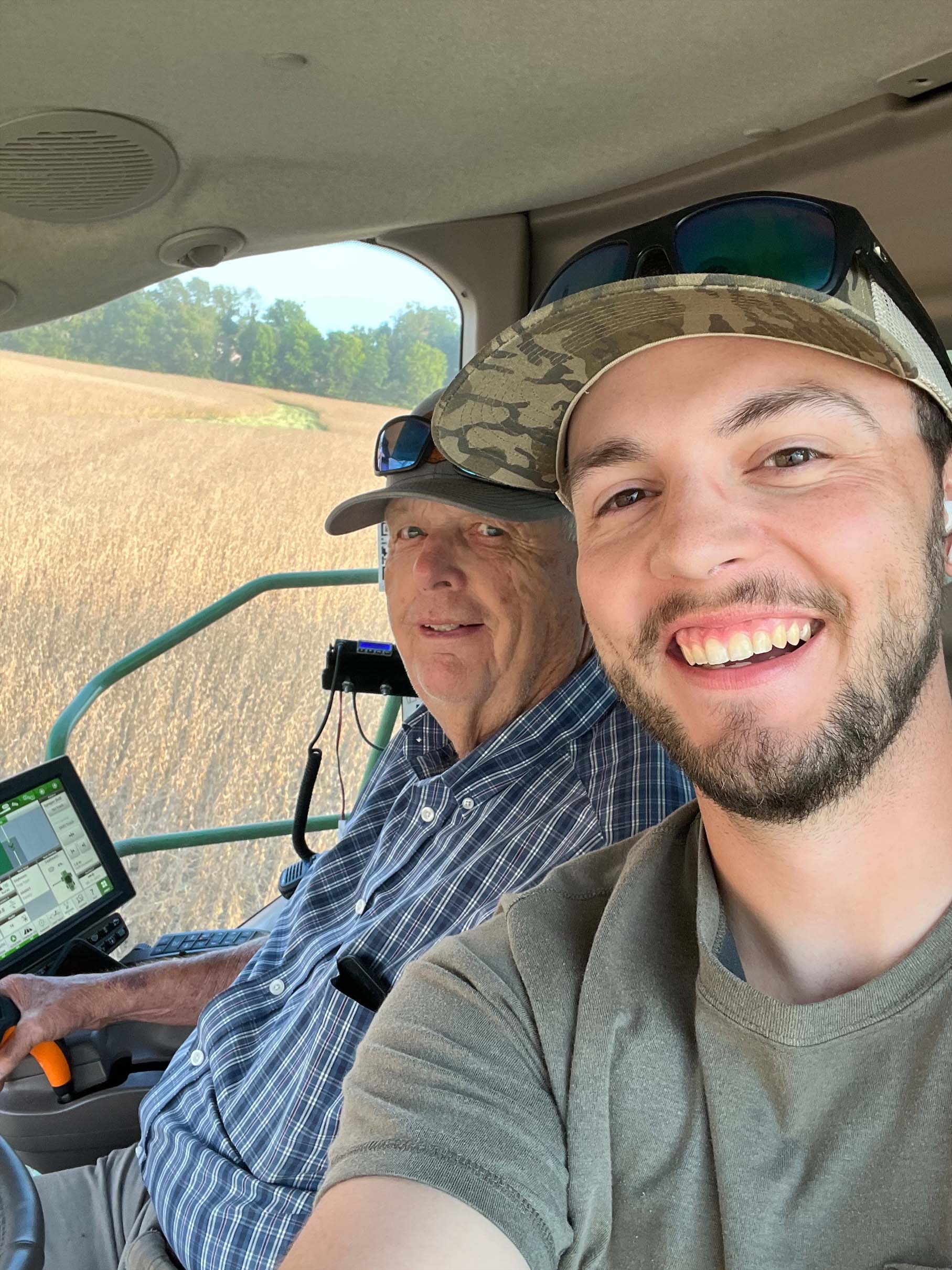
Throughout No-till November join us as we:
- Introduce you to no-till farming and share the story of Springhill Farms in Clinton, Kentucky, where Jerry Peery and Jonathan Reynolds are having a generational impact on their soil health through no-till farming. We will also visit Reddick Farms in Bardwell, Kentucky, where Brad and Joel Reddick have transformed their soil through no-till and other soil health practices as the farm prepares to be passed down to the next generation.
- Show you how pairing no-till with additional soil health practices such as cover crops can increase organic matter, reduce inputs, and lead to higher yields.
- Take a look at how no-till farming can reduce your costs and help you play a role in combating the negative impacts of climate change and farm more climate-smart.
- Explore how no-till can benefit your operation no matter where your farm is located or the size of your operation.
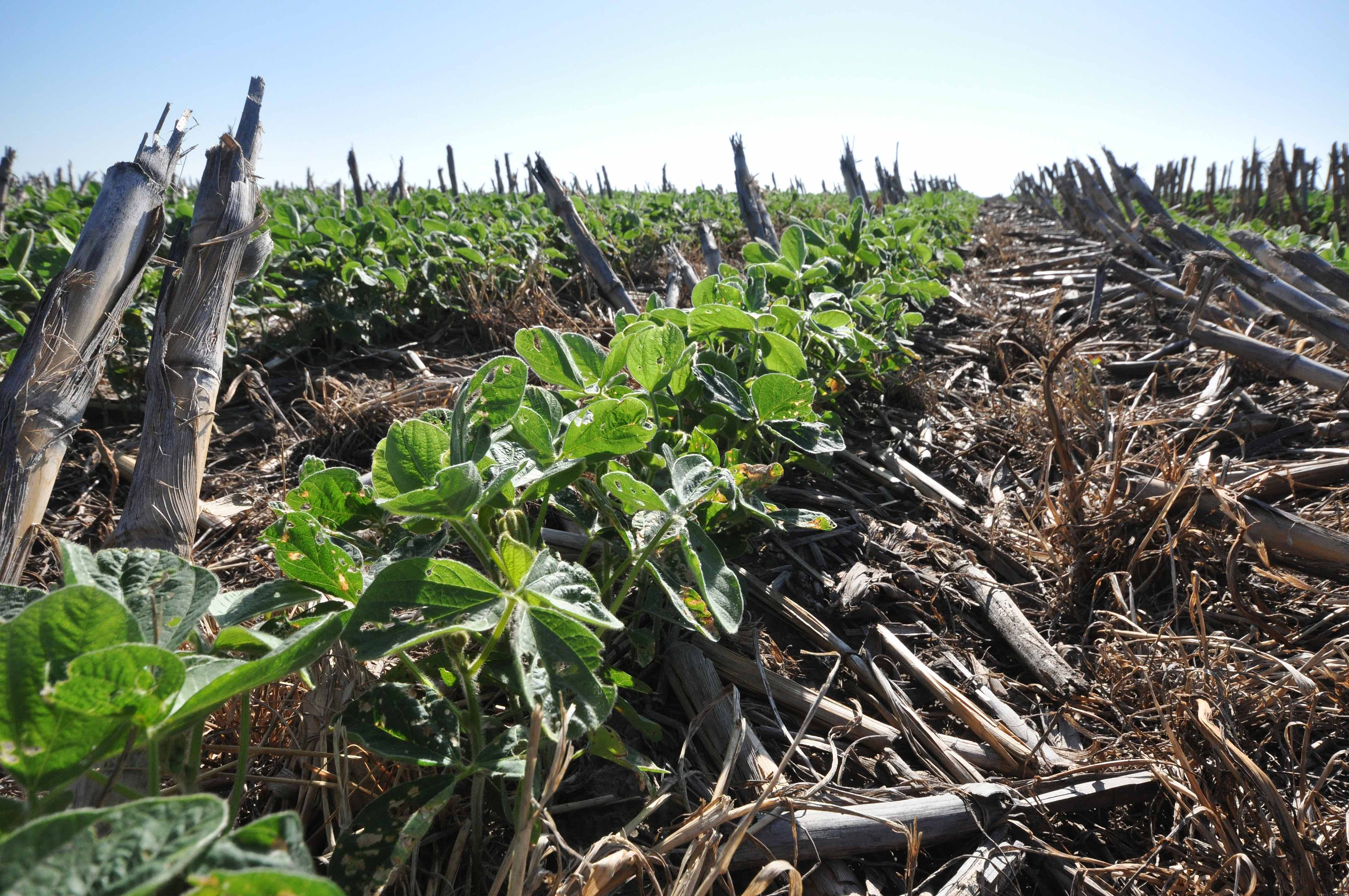
NRCS has a wide variety of resources available in multiple languages to help you learn more about no-till farming, many of which will be highlighted during #NoTillNovember. To learn more about how no- or reduced tillage can help you meet the conservation goals for your land, contact the NRCS at your local USDA Service Center.

